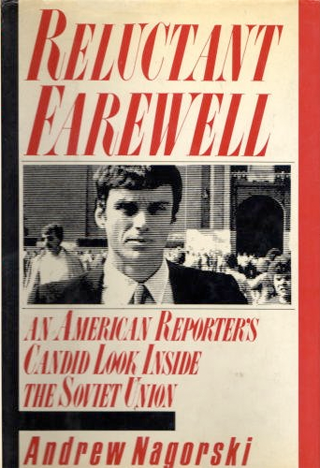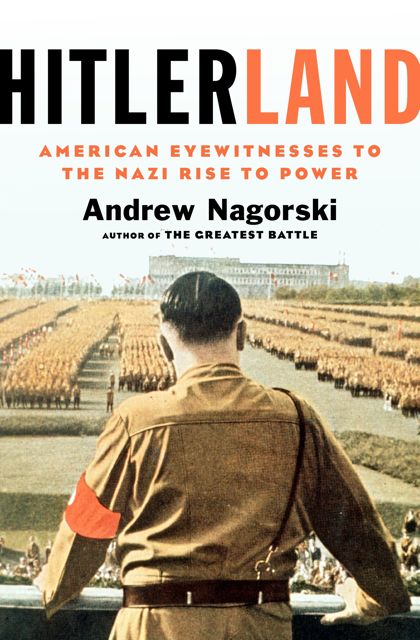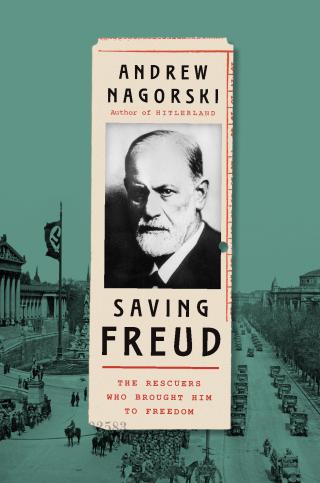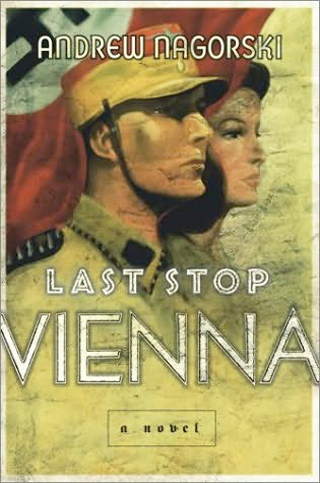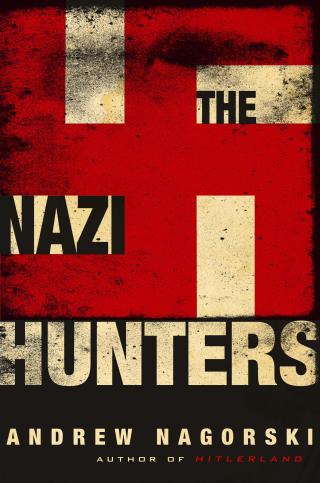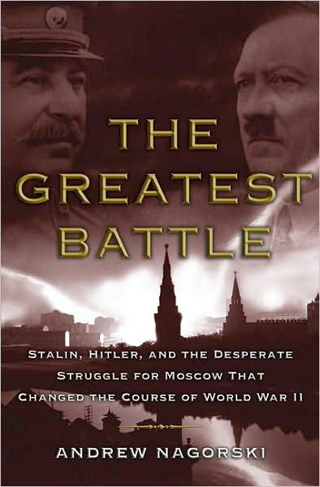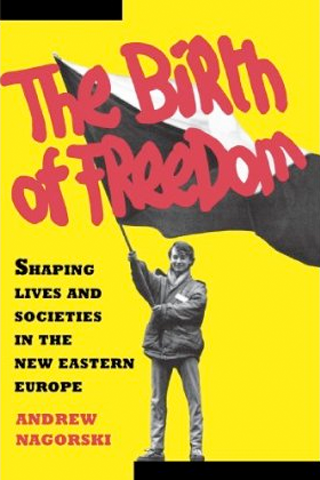Andrew Nagorski’s “eureka moment” that inspired his fascinating, eminently readable new book, Saving Freud, was, he says, “the memoir of writer Stefan Zweig, who grew up in Vienna in the early 1900s. What a time! Zweig, little read today, was a literary giant and Vienna, an intellectual and artistic center with a concentration of Jews, among whom reigned the father of psychoanalysis, Sigmund Freud. Coincidentally, Nagorski’s book first appeared last year just as Tom Stoppard’s latest, partially autobiographical play Leopoldstadt, named for the Jewish district, about two and a half miles from Vienna, sold out in London, and continues to pack the house on Broadway.
Stoppard’s play and Nagorski’s book have a common theme. Both works explore how some prominent Jewish professionals who had the means to flee the Nazi juggernaut refused to, or could not, acknowledge what was happening in their country. Among them was the 81-year-old international celebrity Sigmund Freud, a wise and revered innovative philosopher of the mind who spawned a plethora of followers, with their own famous names – Jung, Jones, Adler, Anna Freud among them - and their own takes on “the talking cure.”
Freud was adamant. He would not leave. Then the Gestapo paid him a visit one day and then his beloved youngest child and soul mate, Anna, was carted off for a talk. It was finally clear to the saddened old man that it was time to go.
It was March 1938. Freud was ill with cancer, (he had had 33 operations on his jaw), he was tied physically and emotionally to his iconic apartment at Berggasse 19, now a Freud museum, where he raised six children, wrote books, saw patients and friends. How was he at this late hour to get out? Nagorski tells how, as the subtitle to Saving Freud makes clear: his salvation was the work of “The rescuers who brought him to freedom.” To London. And what an odd group of well-connected friends they were, and what a tale Nagorski presents in story-telling narrative prose filled with drama, diverse characters, and historical details that recreate the setting and mood of the time – journalistic skills Nagorski honed as a bureau chief in several cities for Newsweek.
The “rescuers” included the Welsh neurologist and prime Freud acolyte Ernest Jones; William Bullitt, U.S. Ambassador to France and Russia; Dorothy Tiffany Burlingham, the daughter of Louis Comfort Tiffany, who became Anna’s life partner; Max Schur, Freud’s devoted personal physician who stayed until he could leave with Freud, and was with him when he died; the wealthy Marie Buonaparte, Napoleon’s great-grandniece and princess of Greece and Denmark; and also . . . a strange addition, indeed, Anton Sauerwald, a Nazi bureaucrat.
Although most notices of Saving Freud have focused on the emigration adventure, approximately two-thirds of the book could be said to be a biography. A fresh look at Freud. For years many readers of Freud have had access only to dry, formal, translations. Nagorski relies on newer ones and some unpublished material. Overall a wealth of primary and secondary sources, and some terrific photos.
Here’s Freud as an old-fashioned, non-judgmental moralist, confidant, witty, determined, a genius with charm and humor. He was the first to admit weakness, such as his passionate addiction to cigars. Visitors were impressed, such as the surrealist Salvador Dali who painted and drew him, the poet W.H.Auden, who wrote a poem about him, the great British philosopher Sir Isaiah Berlin. So many more. A visit with Einstein, 23 years younger, prompted Freud to say playfully - “He understands as much about psychology as I do about physics, so we had a very pleasant talk.”
Freud was magnetic, mythic, and Nagorski’s lively and suspenseful biographical history will, it is hoped, recreate interest in this unique figure who lived through what now seems, alas, hardly a unique anti-Semitic time.

